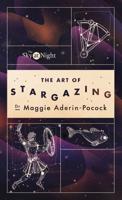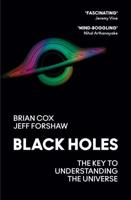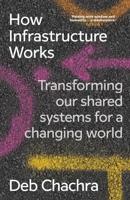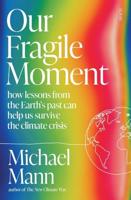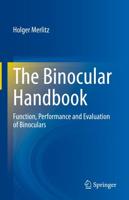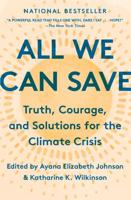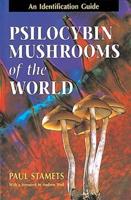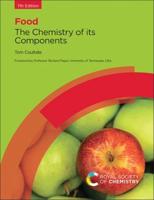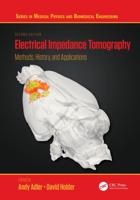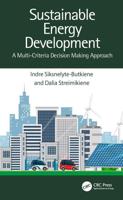Publisher's Synopsis
This is a multidisciplinary collection of thirty-nine key articles concerned with the human impact on the natural environment. It is divided into six thematic parts, each introduced by the editor. It is designed to be used in university courses on environmental analysis and management, either on its own or in conjunction with Andrew Goudie's standard text, The Human Impact on the Natural Environment (fifth edition, 2000).Environmental change directly attributable to human action dates back at least 10,000 years, but has become increasingly significant following urbanization, industrialization, agricultural intensification, and the exponential growth in human population. It is now a central concern not only of many scientific disciplines, but of governments, business, international organizations, and the public at large.Deforestation has reduced the diversity of species. Local and trans-national air and water pollution have damaged health and agricultural productivity. Overfishing has reduced the stocks of many species to below the level of, at best, short-term recovery.;Dams and river diversions have provided irrigation at the cost of salinification and the downstream desiccation - including the virtual loss of the Aral Sea. Fossil fuel omissions have contributed to global warming, among whose likely consequences are the desertification of many temperate regions and the loss of huge areas of land to the sea. These are among the topics to which scientists in this book address themselves.The consequences of the human impact on the environment present the planet's dominant species with perhaps its most intransigent and complex problems. The Human Impact Reader is a wide-ranging and stimulating resource for the study and understanding of contemporary environmental processes at local, regional and global scales.

